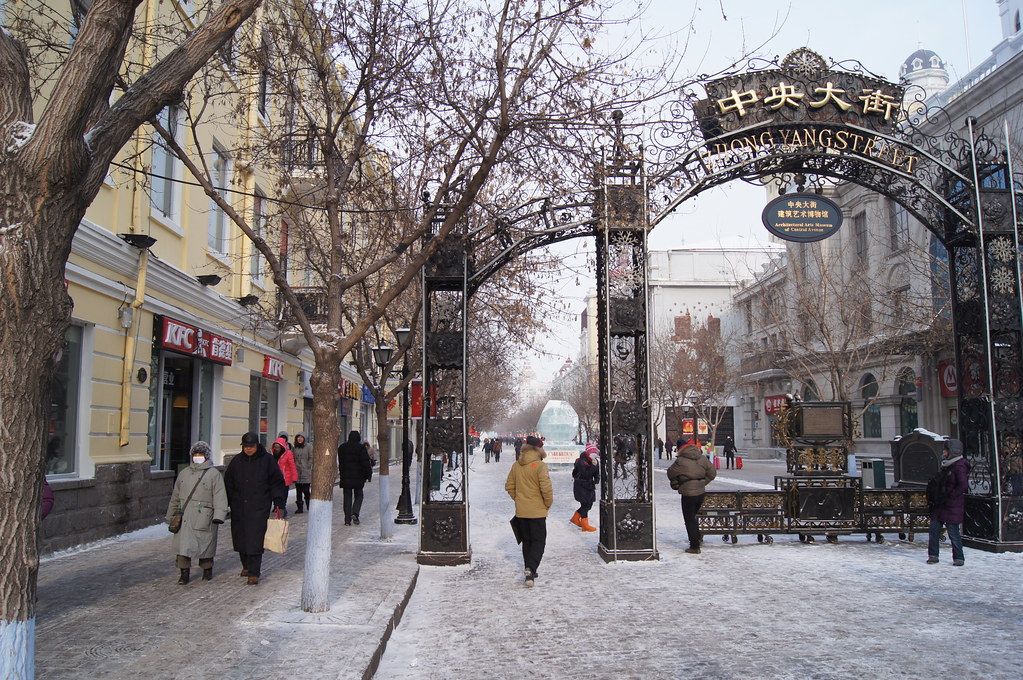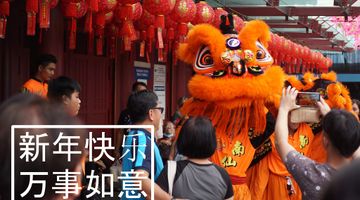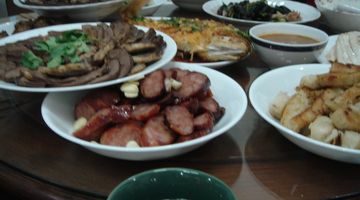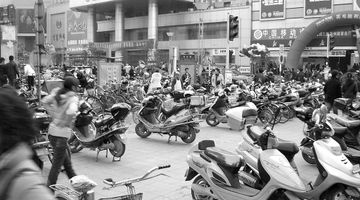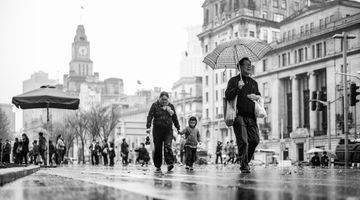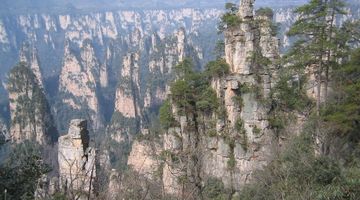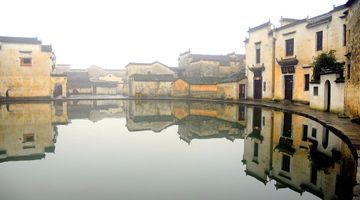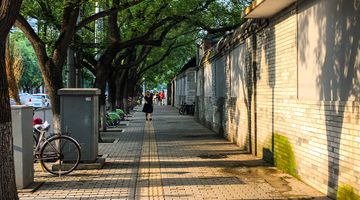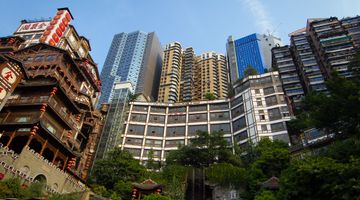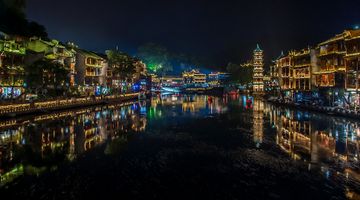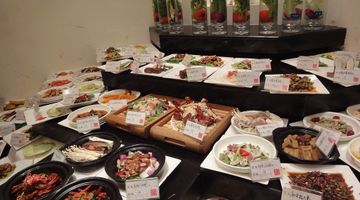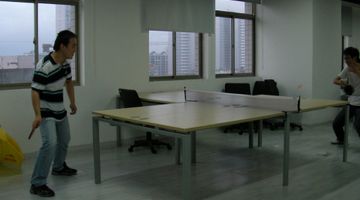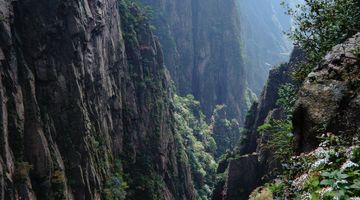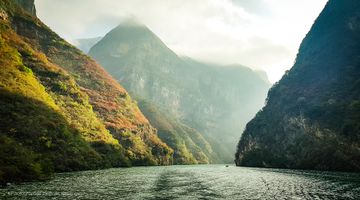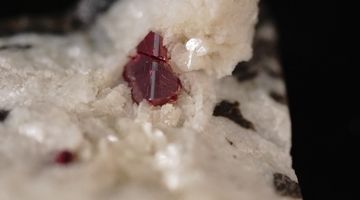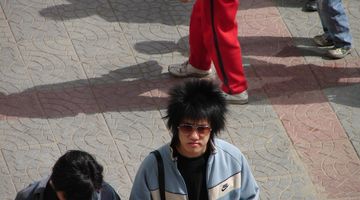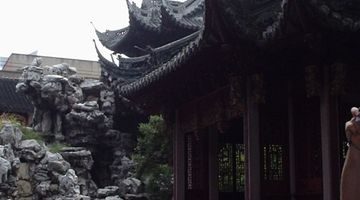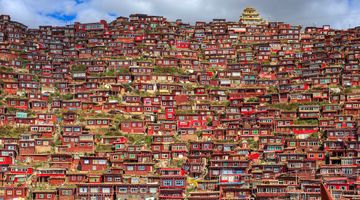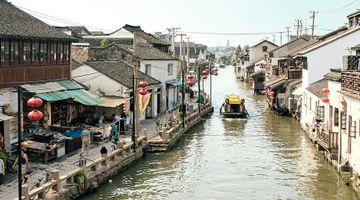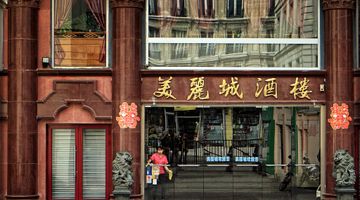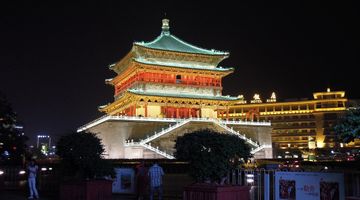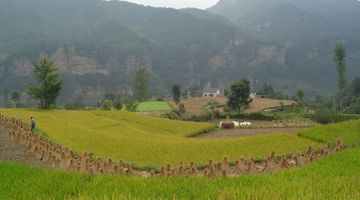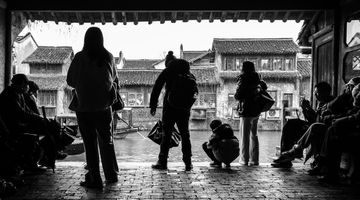Harbin China – 10 Best Attractions and Activities
If you are considering a trip to Harbin then here are the top ten tourist attractions in the city. Harbin is known as the ‘Ice City’, so wrap up with lots of winter clothing to discover what one of the top travel destinations in the north east of China has to offer.
Visiting Harbin is not confined to the winter, come here in the summer when shorts and a t-shirt are sufficient to discover what the museums, temples and a Siberian Tiger Park have to entertain visitors.
1. Ice and Snow Festival
The Harbin Ice and Snow Festival is easily one of the biggest must see attractions in the north east of China. The single biggest attraction is the Ice and Snow World on the north bank of the Songhua River and the illuminated show begins as darkness falls and extends into the night for the duration of the event from late January until the middle of February. Entrance to the site is CNY300 and there are lots of things to do and see including ice slides, ice bars and ice palaces.
Bus numbers 13, 29 and 126 are among those that operate between the festival site and the city centre, the bus fare is CNY2 or 3. Throughout the city and particularly along Central Street there are hundreds of Ice Sculptures and these creations are free to view.
2. Siberian Tiger Park
This is another of the top tourist attractions in Harbin; it is we would say one of the more interesting places to visit though definitely not for the squeamish. It is located in Songbei district to the north of the city and opens from 9am until 4pm each day. The park has 20 Siberian tigers that they are hoping to eventually return to the wild. In order to teach the animals to hunt for food they are fed live animals, furthermore visitors to the park are encouraged to contribute to this. The greater the amount raised the bigger the animal, and not to everyone’s taste. You travel through the enclosures inside a caged bus while the animals roam around, for some these tours are a highlight of their visit. Use your own judgement in deciding if it is right for you.
The entrance fee is CNY150 and to get there the easiest way is by taxi although some hotels will arrange transport.
3. St. Sophia Cathedral
This beautiful Russian Orthodox Church is a quaint reminder of the Russian influence on Harbin since the early 20th century. It is located on Toulong Street in Daoli district and very close to the Central Walking Street just a few minutes’ walk away. It is no longer used as a religious building although the outside retains its charm and highlights countless photo shots for tourists. Inside has been transformed into a photo exhibition with a photographic history of the city since the 1880’s.
The entrance fee is CNY15 and opens daily from 8.30am to 5pm. Usually one hour is enough for a visit.
4. Zhongyang (Central) Walking Street
This is one of the places that is a must see attraction you need to ensure is included in your visit to Harbin. The Central Street was built by the Russians over a century ago and originally called Chinese Street. The cobblestone street is full of history and culture and makes for excellent walking tours of this part of the city and is an excellent location for shopping, dining or just browsing. You can find lots of Russian products on sale including furs, chocolate, Russian dolls and of course vodka. There are various styles of European architecture on display amongst the restaurants, shops and hotels. At the northern end of the street is Stalin Park and the Songhua River.
The street is 1.4 kilometres long and most stores are open until 10pm. There are numerous bus routes that operate to and from this area and it is free to walk along. During the winter the centre of the street is lined with hundreds of ice sculptures, so wrap up against the cold and stroll for an hour or two.
5. Volga Manor
This is one of those travel destinations that very little is written about and a hidden secret. It is a Russian style village in the countryside about an hour’s drive from the city centre. You could take a bus to get here but it will take more than 2 hours and includes 2 buses and some walking. The easiest way is to book a taxi for the day or join an organized tour. A day trip including transportation, entrance fee and a Russian show costs from CNY1300. If you go independently the entrance fee is CNY150. This includes rides inside the park and an amazingly long ice slide. The food and drinks inside here are expensive and expect to pay double what you would pay in Harbin. It is well worth three or four hours of your time to explore.
6. Stalin Park
Stalin Park is a beautiful place to take a stroll beside the river on a summers evening and to look across the Songhua River at Sun Island as the sun is setting is a beautiful sight. It used to be called Riverside Park, is almost 2 kilometres long and is transformed into a winter playground once the river has frozen. Then you can ice skate, take rides on dog sleds, there is even one with a reindeer of generally have fun on the ice. Watching is free but taking part in the activities cost varying amounts from CNY10 to 50. Wrap up against the cold and have some fun.
7. Unit 731 Museum
In Harbin there is an anti-Japanese Museum, to fully understand why that museum exists you need to visit the Unit 731 Museum first. You can reach this museum by bus numbers 338 or 343 to Xinjiang Avenue, it costs CNY2, ask for ‘chee san yi’ and after about an hour you will be shown the correct stop.
The museum itself is in a modern building, and the displays have excellent detailed information in English. It shows the horrors and atrocities committed by the Japanese on their prisoners through experimentation into chemical and biological weapons from the 1930’s until 1945. Some sections of the old camp remain and are well preserved. Another horror from the discovery of this facility was that instead of being tried for war crimes the information was given to the US Army as intelligence gathering. The museum is free to enter; you need to show your passport as identification at the entrance.
8. Temple of Bliss (Jile Si)
The Temple of Bliss is located on Dong Dazhi Jie in Harbin and opens daily from 8am until 5pm, the entrance fee is CNY10. This Buddhist Temple is unusual in that it does not have a long history as it was only built in the early 20th century and consists of several halls with its major feature being a pagoda. Despite its short life time it is one of the four most important Buddhist temples in the north east of China.
Several bus routes pass the temple; exit the bus at the Nantong Avenue stop. If you are close to the Harbin Subway line I, then you can use that option exiting at the Engineering University station (Gongcheng Daxue).
There is an amusement park next to the temple (Harbin Amusement Park) although the main attraction is its Ferris wheel that does not appear to be in operation most days. Not worth making the effort to go there on its own but should be ok when combined with the temple visit. You can pay CNY180 for a full ticket or pay CNY5 to enter the park, and then pay individually for the rides CNY20-30 each. I think it is overpriced for what is on offer, and what is occasionally operating.
9. Harbin Grand Theatre
The futuristic looking building of the Harbin Grand Theatre is across the Songhua River from the main part of the city on Culture Centre Island in Songbei district. The building was awarded the title of cultural building of the year in 2015 and has been described as the ‘Cultural Centre of the Future.’ It comprises of two opera and theatre halls. The exterior has been designed to withstand the extremes of temperature the city is exposed to, the ticket office is some distance from the main theatres, and that exposure to extreme weather could affect you as you walk from one to another. Also there is no public transport close by and relying on a taxi at the close of a performance could result in a long frozen wait.
10. Architectural Museum
Harbin has a number of museums and this is one of the best in the city, although its title does not describe its function very accurately. Located on Toulong Street in Daoli district of the city it tells the story of the Jewish diaspora that was once 20,000 strong in Harbin. They were merchants and their families persecuted and fleeing anti-semitic Europe and found a home in Harbin during the late 19th and early 20th centuries. Several hospitals, schools and religious buildings in Harbin were built as Jewish institutions.
Conclusion
There are two opposite times of the year when it is best to visit Harbin, those activities centered around ice and snow have to be completed in winter and the cold is part of the attraction. Other activities when the extreme cold is not required are best completed in the warmer temperatures of Harbin’s summer. Due to its northern latitude the summers in Harbin are not as fierce as the majority of China making summer an ideal time to visit.

